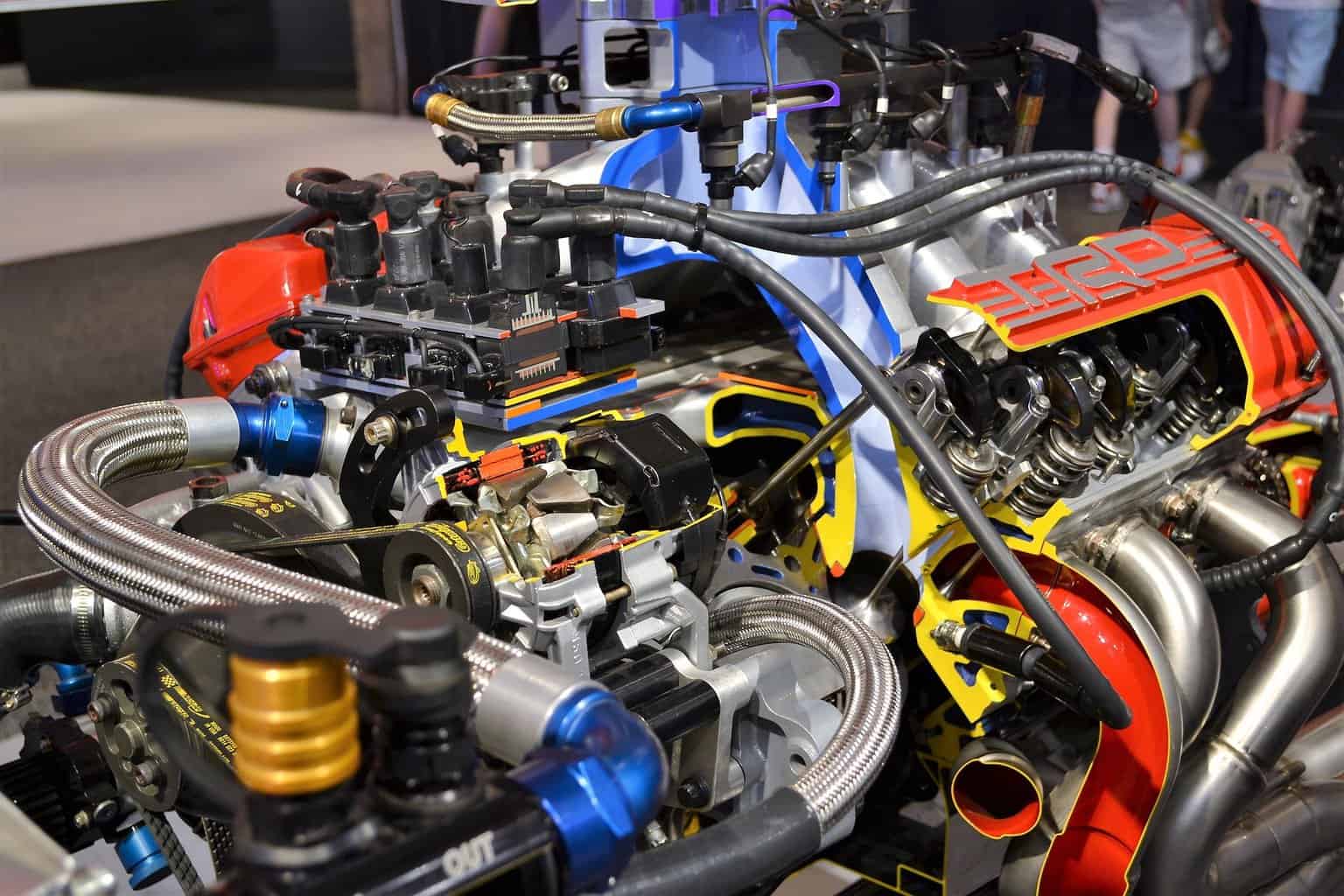The Basics of a Fuel Pumps That You Need to Know
A fuel pump can be badly damaged by low-quality or polluted fuel. To learn more, read this article.

(link: Race Car Engine Super Charged – Free photo on Pixabay)
Car owners need to have a thorough understanding of their vehicles to maintain them effectively. However, as humans, we tend towards being lazy and end up with a serious problem that demands the services of a mechanic. All of this can be avoided by having a basic understanding of our vehicles.
If you’re a car enthusiast, you’re probably already aware that modern cars use fuel pumps instead of relying on Newton’s gravitational theory to transfer fuel to their destination. Even though the fuel pump is an important component of the car, we frequently lack understanding in this area and fail to perform proper maintenance.
In this article, we’ll go over some of the fundamentals of fuel pumps, including what they are, how they work, and information that will help you maintain your pump and your car correctly. It is necessary to understand as much as possible about automobile functions and parts for the safety and well being of your vehicle.
What are Fuel Pumps?
A fuel pump is a part of an automobile or other internal combustion engine device that delivers fuel from a fuel tank to a carburetor (a device that combines air and fuel for internal combustion engines). Fuel is delivered to the engine via high pressure, or gravity in older vehicles, which do not have fuel pumps. Mechanical and electrical fuel pumps are the two types of fuel pumps.
Fuel pumps are used to determine an engine’s power. However, with great power comes a lot of noise and a slew of other issues. What if there was a pump that could provide you with any amount of power you require while making no noise, putting no strain on the voltage system, and being far more reliable?
All of these characteristics are present in a mechanical fuel pump. Carbureted engines, such as sports cars, typically have mechanical fuel pumps. If you’re into classic vehicles, exploring models like the 1970s Dodge Hornet can offer a thrilling glimpse into automotive history, showcasing unique design features and powerful engines that defined the era..
Fuel-injected engines, on the other hand, frequently use one or more electrical pumps to transport their fuel (one low pressure and one high pressure). These pumps are located inside the fuel tanks. The presence of two pumps aids in the regulation of engine pressure. Your fuel pump will display signs similar to those found on Mechanicbase that will help you figure out if something is wrong with your pump.
How Does a Fuel Pump Work?
To understand how a fuel pump works, we must first dissect it. An electric DC motor with a paddle, a pickup screen, float, tank level measuring device, filter, pressure regulator, and the empty level sensor make up the fuel pump assembly.
The Process
The DC motor sucks fuel in through the housing of the motor, past the rotors (moving component), and out the top via a spinning paddle. Fuel then saturates the filter, allowing it to rise to the top of the filter and into the fuel line going to the engine. The fuel is returned to the tank when the excess pressure in the filter is drained out by a pressure regulator valve at the bottom of the assembly.
The tank float is connected to an arm, which is connected to a metal head. The head travels in a semi-circular pattern against a printed resistor circuit board. To determine the amount of fuel, the measured resistance values are communicated back to the instrument cluster.
The empty level sensor resembles a resistor in appearance. It reads 2K ohms when submerged in liquid. When it’s dry, it detects an open circuit and illuminates the dashboard warning light for low fuel.
What Can Cause Damage to a Fuel Pump?
When the fuel pump stops, so does your car. The longevity of your fuel pump is determined by the amount of fuel pumped into the fuel tank. Therefore, if you keep your fuel level over a quarter tank, your fuel pump will run more efficiently and last longer.
If your vehicle has an external fuel filter, it is a good idea to replace it regularly. This will help to extend the life of your fuel pump. Another piece of advice from experts is to avoid using low-quality fuel. Your fuel pump will be severely harmed as a result of this.
When dirt, debris, or moisture get into the fuel tank, it becomes contaminated, which can lead to fuel pump failure. Your fuel pump will fail if it has been running for a long period. Changing the fuel pumps regularly is a smart idea.
Replacing a Fuel Pump
Pump replacements vary by brand, series, year, and, in some cases, engine size. If you see a pump that looks different from your previous pump don’t worry about it. Manufacturers always try to update their pumps with new appearances and features so as long as it works, you are good to go. In most cases, in-tank electric fuel pumps can be replaced independently of the fuel sending unit.
Although replacing just the pump is less costly, replacing the entire unit is more practical. Because the plated metal electrical connections on the fuel sender unit lever arm are typically worn or rusted, reducing the unit’s capability to provide an accurate fuel level signal, it’s a good idea to replace the entire assembly on vintage high mileage cars.
Always Pay Attention to Your Fuel Pump
If your fuel pump fails in the middle of the highway, it might cause major accidents. So, with the help of this article, you should be able to maintain your vehicle, identify when your fuel pump is failing, and know what to do and what not to do.
Now that you have an idea about fuel pumps, don’t forget to spread the knowledge with your close friends so that they can take care of their car too and avoid any disasters.
Drive safely!
